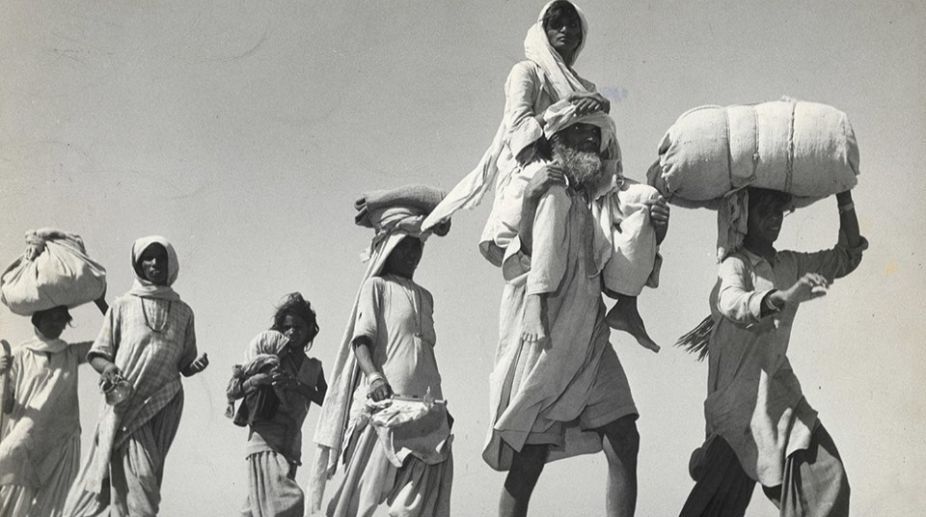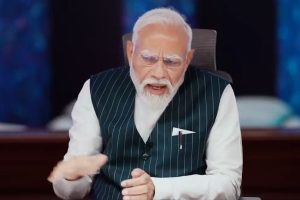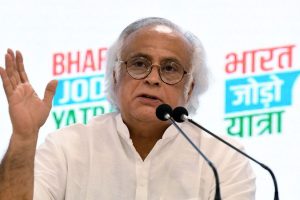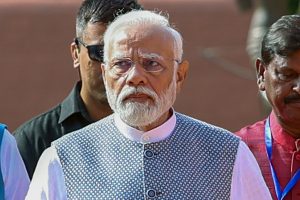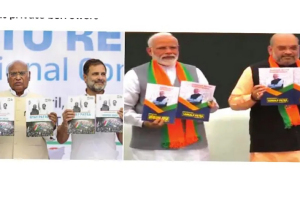For long migration has been looked at pessimistically. It’s time to look at the other side of the coin for a different perspective on migration.
Most discourse today focuses on the negative impact of the latest Syrian influx into Germany, France, Canada and other western countries. In 2016, Oberwil-Lieli, a small Swiss town turned down asylum seekers, preferring instead to pay a hefty fine. This attitude towards refugees and migrants, especially unskilled or lowskilled migrants, is not uncommon. So, who is a migrant?
According to the UN, a migrant is “any person who lives temporarily or permanently in a country where he or she was not born, and has acquired some significant social ties to this country” (UNESCO, 2017). We must remember though that some countries consider even children of migrants as migrants, and make a common classification of first and second-generation migrants.
In India, migration is not a new concept. Since the early 1800s Indian labourers were taken by the British to their colonies abroad in large numbers. For example, Indians built the railways and roadways in Kenya, Uganda and worked on plantations in Trinidad, Fiji, Malaysia and Surinam, where even today, a large Indian diaspora reside. When these countries gained independence, Indians were actively discriminated against for they were among the most successful communities.
Perhaps the most famous expulsion of Indians was in Uganda during the 1970s, where properties and businesses of Indians were confiscated. Discrimination against migrants is anomnipresent phenomenon. India also witnessed a wave of migration during independence.
The 1947 migration was perhaps the largest ever movement of people seen in history, excluding wars. Even more recent, it is thought that northIndian states, particularly of Assam and Tripura are seeing an influx of migrants from Bangladesh. Can India turn this “problem” into an asset? Migrants are equally important for the host and home countries’ growth.
Economists point to the tremendous influence that migrants can have on the growth of not just one, but two countries. In Borderless Economics for example, Robert Guest argues that migrants learn to adapt to new cultures fast and therefore, are more creative and enterprising than locals. It is no wonder then that in the United States, 51 per cent of firms have at least one immigrant founder, according to research by Y Koh. Furthermore, as they have assimilated into two cultures seamlessly and best understand the needs of each society, they can cater to them accordingly, creating successful empires across borders. Countless examples of such companies exist from Zoho to Sun Microsystems and Yahoo! to eBay.
Even one of India’s biggest technological projects – the UIDAI – had some of the brightest Indians from across the world working on it like Srikant Nadhamuni and Raj Mashruwala. Studies also show that companies founded by migrants are more likely to trade with their home country. Further, there is scope for tremendous knowledge transfer between migrant networks.
Scientists and engineers can enthusiastically collaborate with each other to create products unlike before. Programmes like the Ramanujan Fellowship and INSPIRE further aid in this process. Migrants also tend to be highly motivated and creative, propelling them to achieve greater success. A good example of a twoway benefit of migration is between India and Nepal.
Nepalis can freely enter and work in India, often taking up jobs that most Indians are unwilling to do. The Gorkha regiment for example consists of many Nepalis who are contributing to India’s security. Similarly, Nepal too benefits from this migration as the Nepali workforce in India often sends back remittances to Nepal.
Moreover, one of the biggest contributions of migrants is in the form of remittances. India received around $62 billion in remittances (approximately 3 per cent of our GDP) in 2016, making it the world’s largest remittance recipient. Remittances can further lead to financial inclusion and also uplift the lives of the recipients.
Prime Minister Modi has also been actively reaching out to our diaspora, in a bid to entice them back to India or to contribute to India’s story from abroad. The scope of contribution of migrants is tremendous. The Indian diaspora have done well for themselves – they are after all, one of the richest communities in the world. Tapping on their potential could help India’s growth story.
They will be more willing to invest in India, to move back for employment, to found start-ups and send remittances to family, all of which benefits India. While we have to acknowledge the fact that unskilled migrants can drain the country’s resources, we cannot deny there exists a potential for migrants to contribute and improve the economy of the home country.
(The writer is associated with the Observer Research Foundation.)

